EatTheWeeds was on the road lately with an interesting class in Live Oak, a nice wandering in Gainesville, and a shower-cooled session in Ocala. A treat in Live Oak was finding wild garlic, pictured above.
Wild garlic has the unusual habit of putting cloves on the top of the plant rather than the bottom. This makes identification and collection quite easy. Which brings up a rule around the world: If it looks like a garlic and smells like a garlic it is a garlic or can be used like a garlic. And, if it looks like an onion and it smells like an onion it is an onion or can be used like an onion. But you must have both, resemblance and aroma. Locally there’s a lily that looks like an onion but has no onion aroma. It is toxic. You must have looks and aroma. Additionally, one way to tell onions and garlic apart is that onions have bulbs, usually one per plant. Garlic has separated cloves, several per plant, segmented. And while Society Garlic is not a true garlic, it is edible. There’s an article on Society Garlic here.
In Gainesville we saw many Eastern Coral Bean in blossom. The blossoms are very distinct making the shrub easy to spot this time of year. Later in the season the uterine leaves also aid in identification but the spindly bush blends in well when it’s not blossoming. The bright red flowers take all the work out of finding it currently. The traditional method of using the flowers is to boil them whereupon they turn green. Then mix the cooked flowers in with scrambled eggs. Why that is a tradition is anyone’s guess but it is practiced from Florida west to Mexico then south into Central America. Eastern Coral Bean seeds are toxic, so leave them alone.
In Ocala we saw the last of this season’s stinging nettle (Urtica) and chickweed, most of it hiding in the shade. We also noticed the Milkweed Vine (Morrenia odorata) had made it through the winter so it should be fruiting soon. Blossoming now is the Spurge Nettle, no relation to the Urticas above. Covered with formic acid-armed hairs, the Spurge Nettle makes a delightful root that when boiled tastes like pasta.
♣ For foragers on the coast Suaeda linearis is in season from Daytona Beach to Port Charlotte, not on the beach side but the intracoastal water ways, river-fed harbors, and brackish water. It’s a great spring time green that has everything going for it except perhaps its name, Seablite.
Seablite is mild but tasty, has excellent texture, can be eaten raw or cooked though cooked is the usual way. It makes an excellent stuffing when roasting or poaching fish. Seablite is nutritious, stores well, looks good, grows easily in salty ground (read unused land) and even feels good to handle. You can also cultivate it in your garden, far from the sea. It would make an excellent commercial product, perhaps better than other wild foods brought to market.
Many people have tried to make poke weed (Phytolacca americana) a potherb in your local grocery but toxicity and the required two-boilings have always plagued its commercialization (though in Europe they seems to have gotten around those issues and it can be bought in markets there.)
The ground nut (Apios americana) was one of the original exports from colonial America but it has at least a two-year growth cycle. Louisiana State University (1984-96) developed a commercial variety but the program disappeared when the professor-in-charge, Bill Blackmon, changed colleges.
In 1962 Professor Julia Morton of the University of Miami recommended Spanish Needles (then called Bidens pilosa) become a commercial product. Nearly a half a century later that hasn’t happened, perhaps because it can be harvested for free nearly year round. If I had to pick a “wild” food for a commercial crop, my candidate would be Seablite. If I could figure out how to do it I would.
Think of Seablite as a Chinopodium that likes to grow in salty places, either near the ocean or salt licks. It has a high sodium content but boiling reduces that significantly. If you live anywhere near the ocean look for it. If you live inland near salt deposits look for its edible cousin, seepweed.
♣ Botany Builder #18: Latex is a white, sticky substance plants produce to heal wounds. Often called “white sap” it is a huge warning flag that the plant may be toxic. That said, a few commonly eaten foods have latex, which is often bitter. Figs are perhaps the best known food that has latex. In fact, fig latex is still used in some places to curdle milk in cheese making. Ripe Natal Plums have have flecks of latex. Wild lettuce, sow thistles, and everyone’s childhood favorite, dandelions, also have latex and usually are bitter which is why they are cooked, to rid them of that bitterness. The leafy plants just mentioned also tend to get more bitter as they age. In large quantities the latex of some Latucas can be a mild sedative (no, they don’t get you high and do not relieve pain.) Most other plants with latex are quite toxic. Some Euphorbias have extremely toxic latex which even when dry and very old have still killed people. In one case dessicated Euphorbias were burned to keep warm in the desert and the smoke did the people in. So while there are a few exceptions and a few plants with latex that are edible most of them are not. White sap, like white berries, should always be viewed as a big warning sign that requires more investigation.
Articles added: Sea Kale, Golden Nettle, Finding Caloric Staples.
♣ Upcoming Classes:
Saturday, April 28th, Mead Garden, 1500 S. Denning Dr., Winter Park, FL 32789, 9 a.m.
Sunday, April 29th, John Chestnut State Park: 2200 East Lake Road, Palm Harbor, FL 34685, 9 a.m.
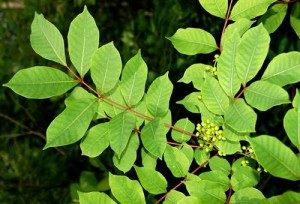
Poison sumac’s berries are white when ripe which brings up an old rhyme, “Berries white go in flight.”
♣ It was bound to happen: I was teaching a foraging class in a swamp, except the swamp was fairly dry compared to usual years. We came upon a taller than common Saw Palmetto, Seranoa repens. The Saw Palmetto usually grovels, grows low to the ground. I imagine this one was growing up to avoid the water that usually floods the place. Covering the Saw Palmetto were two examples of grapes that grow locally, a native muscadine and what we call an escaped cultivar. One climbs with a single tendril and the other has a forked tendril. As usual I waded into the brush to point out the differences, after all the ground was dry. That’s when I noticed another bush in the brush pile, face to botanical face as it were. I knew what it was immediately which was also immediately too late. The inflorescence growing out of the axil told me all I needed to know even though the leaves were not exactly text book perfect. Poison sumac. Ironically there was no immediate water available in the swamp to wash with so I pulled up some Dog Fennel and washed my hands with their sap. Not good enough. I have two minor rashes from it… well… one minor and one not so minor. But at least it’s just a reddening and a little swelling. No blisters. Itches a lot. Benadryl gel works well.
Lastly, from the Spam Mailbag: I receive hundreds of spam emails daily. My spam filter does a very good job and already has several thousand senders blocked. I’m not sure exactly how but if I respond to them that somehow elevates their sites. The spam is always linked to an EatTheWeeds post — always irrelevant — and contains a personalized message. A sampling from the 41 waiting for me this morning:
1) Hello my family member! I want to say that this article is amazing, great written and include almost all vital infos. I would like to peer extra posts like this.
2) Pretty element of content. I simply stumbled upon your site and in accession capital to say that I get in fact loved account your blog posts. Anyway I will be subscribing in your feeds and even I success you get admission to constantly fast.
3) Aw, it was a genuinely very good post. In concept I ought to put in writing related to this furthermore – spending time and actual effort to manufacture a exceptional article… but exactly what do I say… I procrastinate alot and no indicates uncover a strategy to go carried out.
(and my personal favorite…)
4) naturaly like you’re web site but u have two take a look at the speling on several of you’re posts. Several of them are rife with speling problems and I in finding it very bothersome to tell the reality however I will surely come again again.
To donate to the Green Deane Newsletter click here.

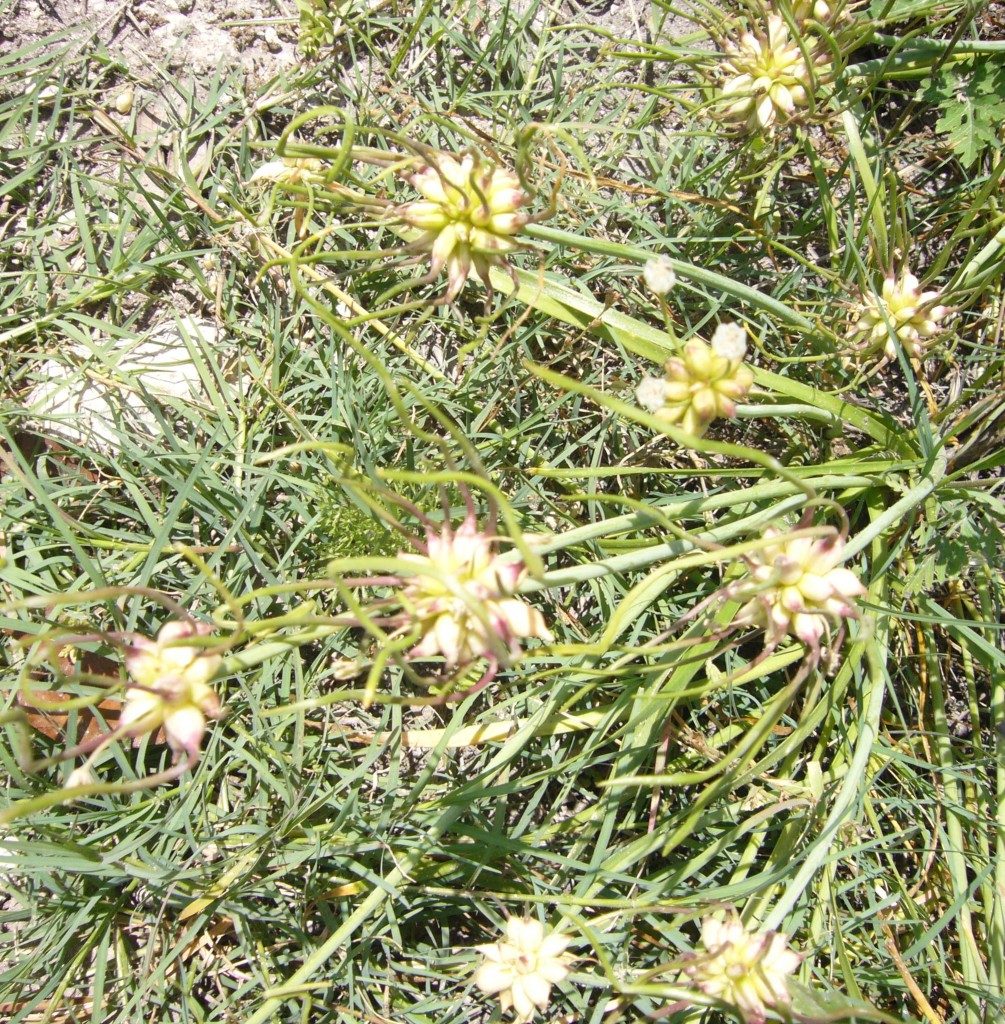
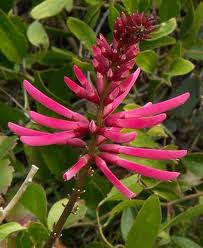
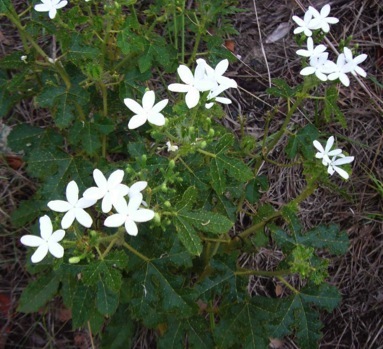
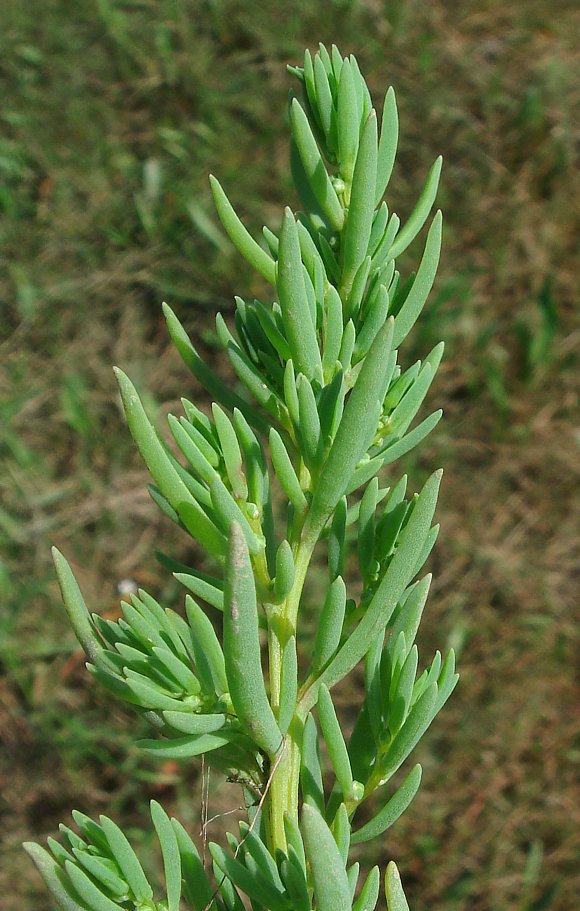
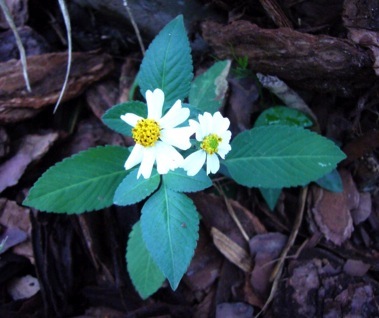
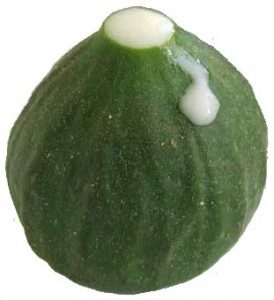


Spam is so weird. It always amazes me that people will spend so much time
Inflicting their will on other people. Society doesn’t seem to exist within capitalism. Since communism also fails we need to go back to The Republic of Plato. People need to fulfill their own desires throughout action or inaction and stop forcing others into them. If not we get idiotic
Bits of spam to earn decimal points of
Money in order to upgrade our wardrobe like life were a video game. Meanwhile the perpetraitors miss life and the victims often have it stolen.
How much human energy goes into these plots rather than the planting of food and living with loved ones. I don’t know. Enough to save the guerillas and maybe even the polar bears??
Thanks for another great article. I read these as fast as you post them. I was in Ocala the other day and walked around the Jearvy Gant Park just to see how the plants have changed since our last class there. I noticed that someone has mowed recently and butchered many of those wonderful weeds we all enjoyed during your class at that location. There are a few survivors left but only fragments of the examples they were during class time. I only looked at the area near the Aquatic Center / starting point of the class but I would have loved to rescue some of those weeds to my property. Hope to see you again for another class in another location soon. Take care for now. ,Matt
April is the best tine ti enjoy dandelions…we use greens raw in salad, boil and make a wonderful addition with beans and garlic and oil; can even fry with eggs and cheese…my class use to pick them every year…hope some continue.
I wish my yard had dandelions in it.
if there is a baconwood plant, why not a spam plant. then all your spam will be about the spam plant!
concerning the rule ‘if it looks like garlic and tastes like garlic then it is a garlic and can be eaten’. sacred garlic pear, crateva religiosa, is edible. the flowers look like jamaican caper, and it is considered a capparaceae. the fruit don’t look like garlic bubls and i have no further information at this time, but i suppose the garlicky name means it tastes like garlic to someone’s tongue.
otfsotw, on the far side of the world, in australia, the gardening australia tv series host costa georgiadis is the complement of green deane. costa probably has a hardcore weed removal bent, so he could certainly have an interesting dialog with his antipodal counterpart, green deane. he also does a little cooking with his chosen organic gardening products, like this lemon egg soup. http://www.youtube.com/watch?v=b27L7cOh6nM
A Greek with an Australian accent was strange… I wonder if he gets hair in any of his soup?